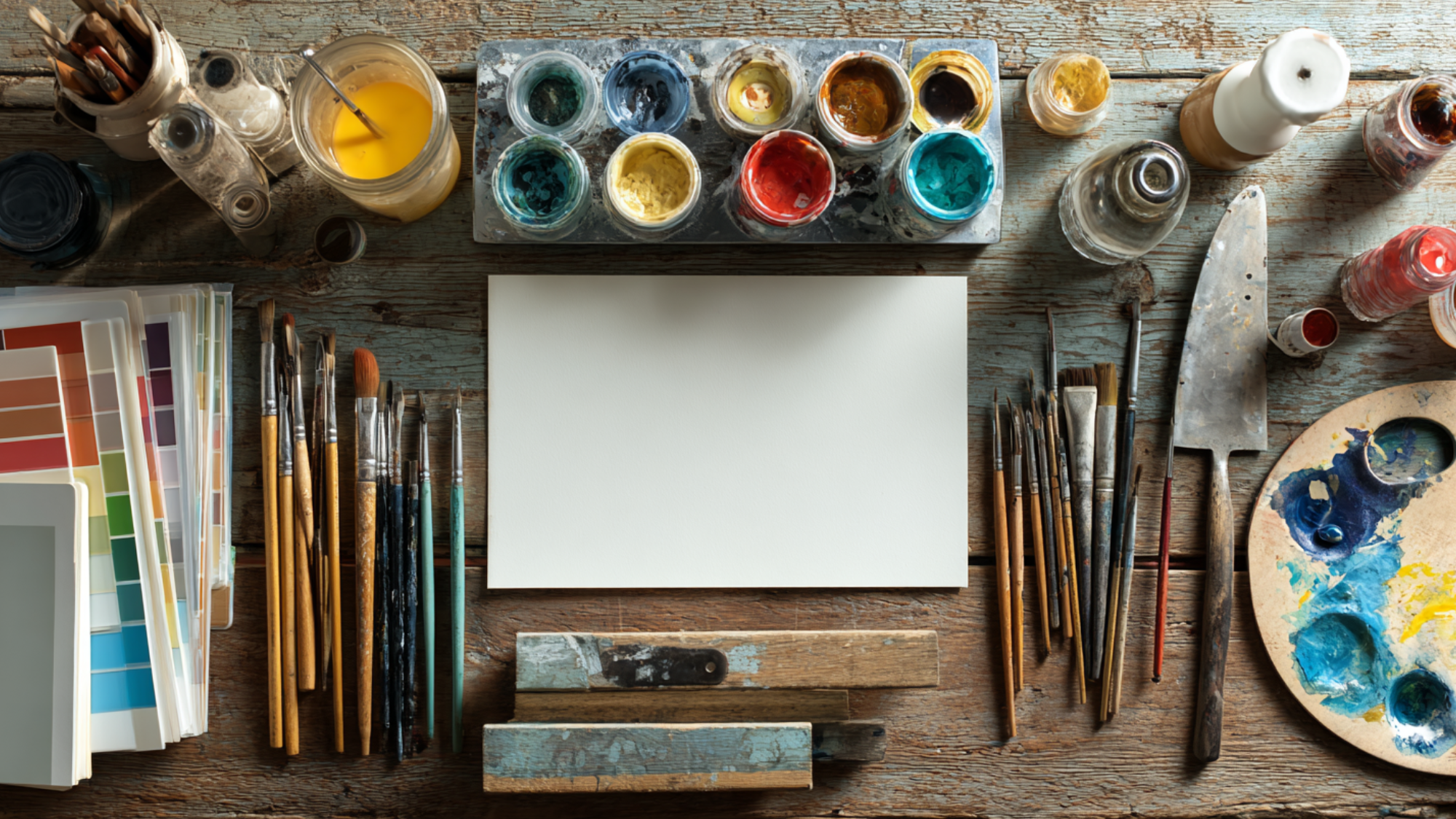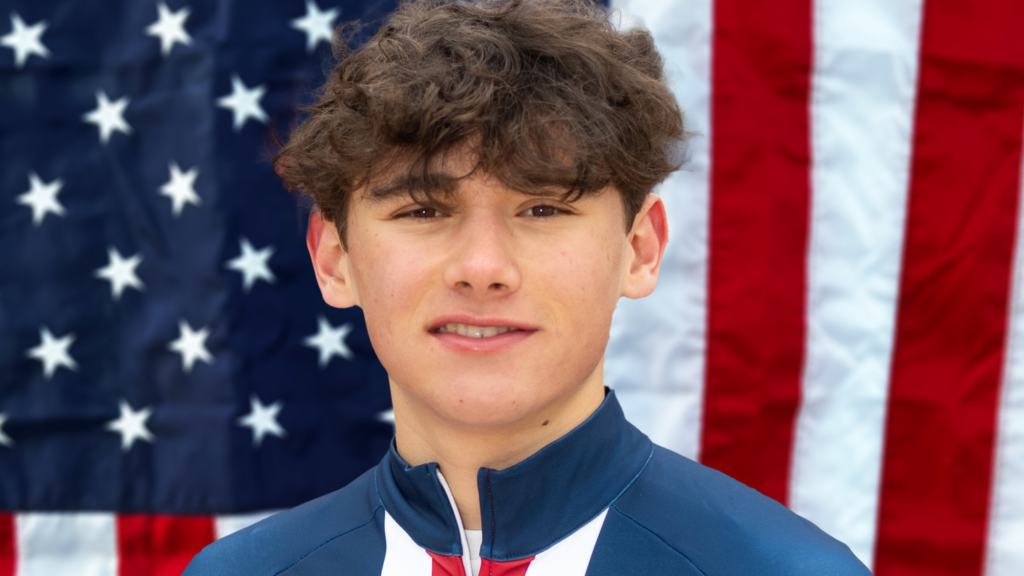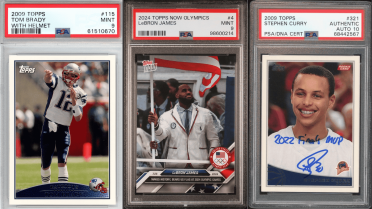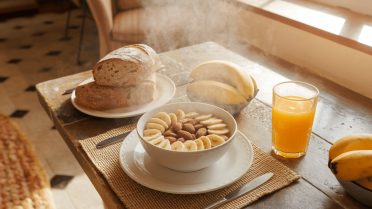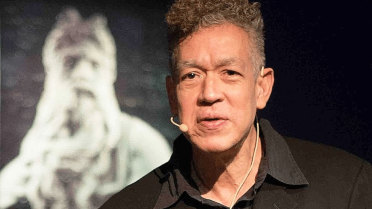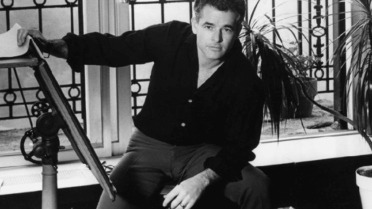Staring at a blank canvas, but don’t know what to paint? You’re not alone.
Choosing your next painting subject can feel overwhelming, should it be a landscape, a portrait, something from life, or pure imagination?
With so many things to paint, it is easy to get stuck before you even begin.
This blog will help you decide by offering simple questions to ask yourself, creative prompts, and real examples.
If you want to practice, express, or just have fun, you’ll find clear direction and inspiring ideas on what to paint next.
Understand Your Intent & Medium
Before choosing what to paint, know why you are painting and what you’re painting with. This will help you pick a subject that fits your mood, goal, and style.
- Know your goal: Fun, practice, portfolio, or sale?
- Pick a subject that matches: Simple for skill-building, bold for self-expression, or relatable for others.
- Each medium has its strengths: Use oils for rich blending, acrylics for speed and vibrancy, or watercolors for delicate transitions.
- Stay open: Follow what feels natural; you do not need a perfect plan.
Effective Inspiration Paths
If you are unsure what to paint, try one of these five proven ways to spark ideas:
1. Let the Medium Talk
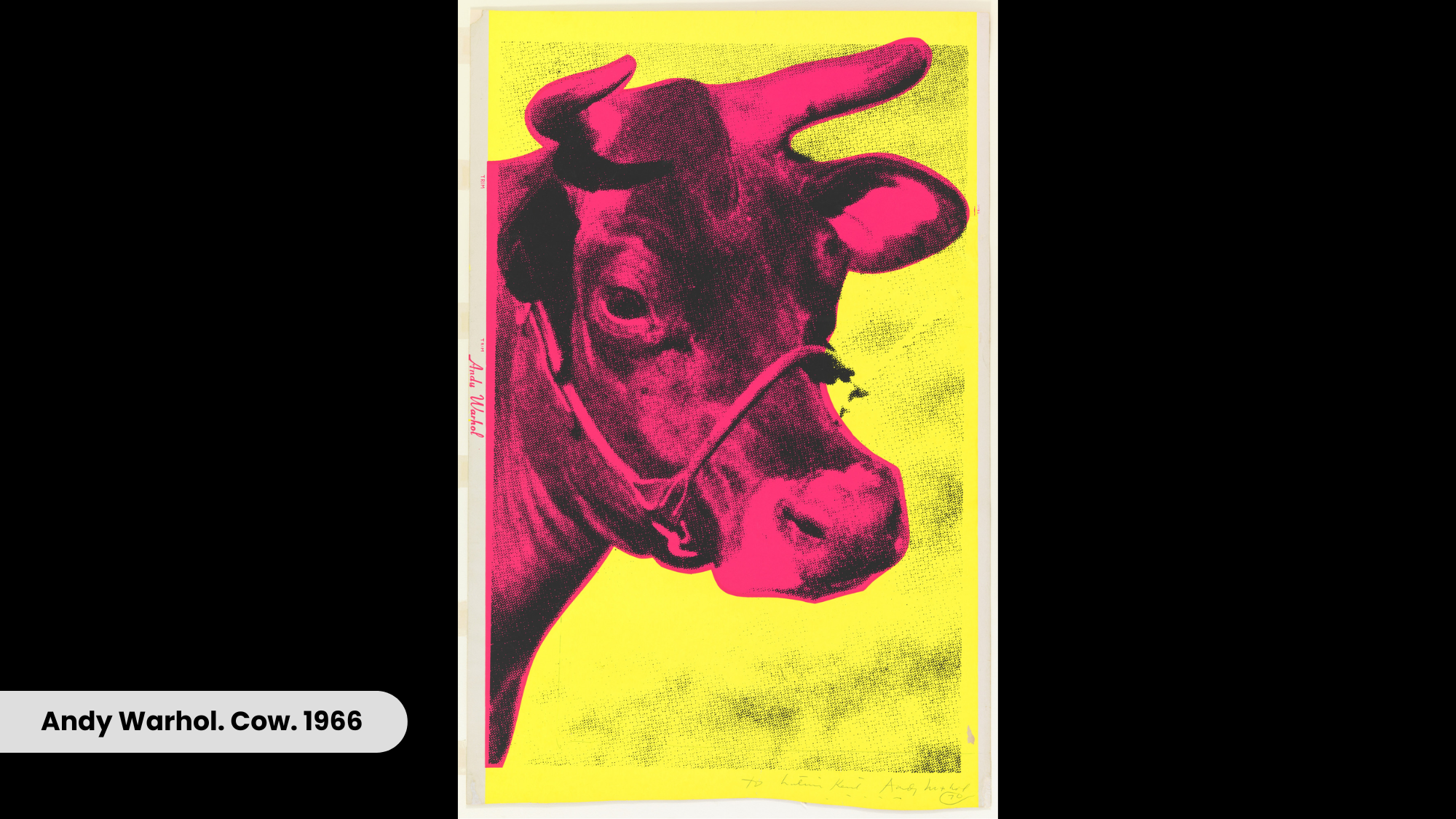
Let your tools lead the way. Experiment with your tools, let texture, flow, and drying time influence your painting style. Try letting your brush move without overthinking it.
Even Andy Warhol once painted cows simply because someone suggested it. Embrace spontaneous creativity.
2. Personal Story or Passion
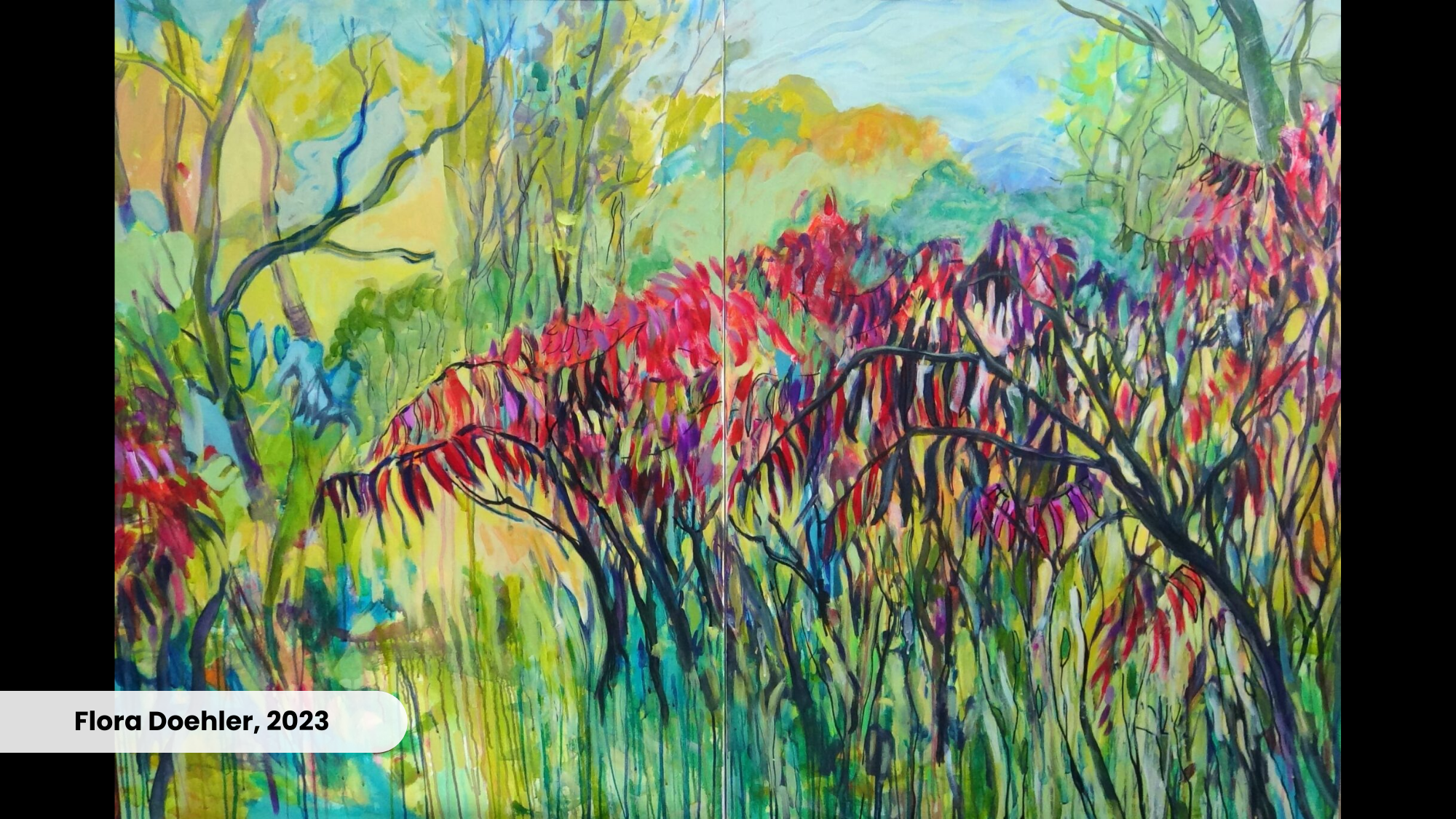
Painting something personal can be powerful. Think of a favorite memory, a meaningful place, or a person who inspires you.
These emotional connections often lead to your most expressive work.
Artist Flora Doehler draws inspiration from her home life, turning simple, personal moments into vivid and touching pieces of art.
3. Skill-Driven Challenges
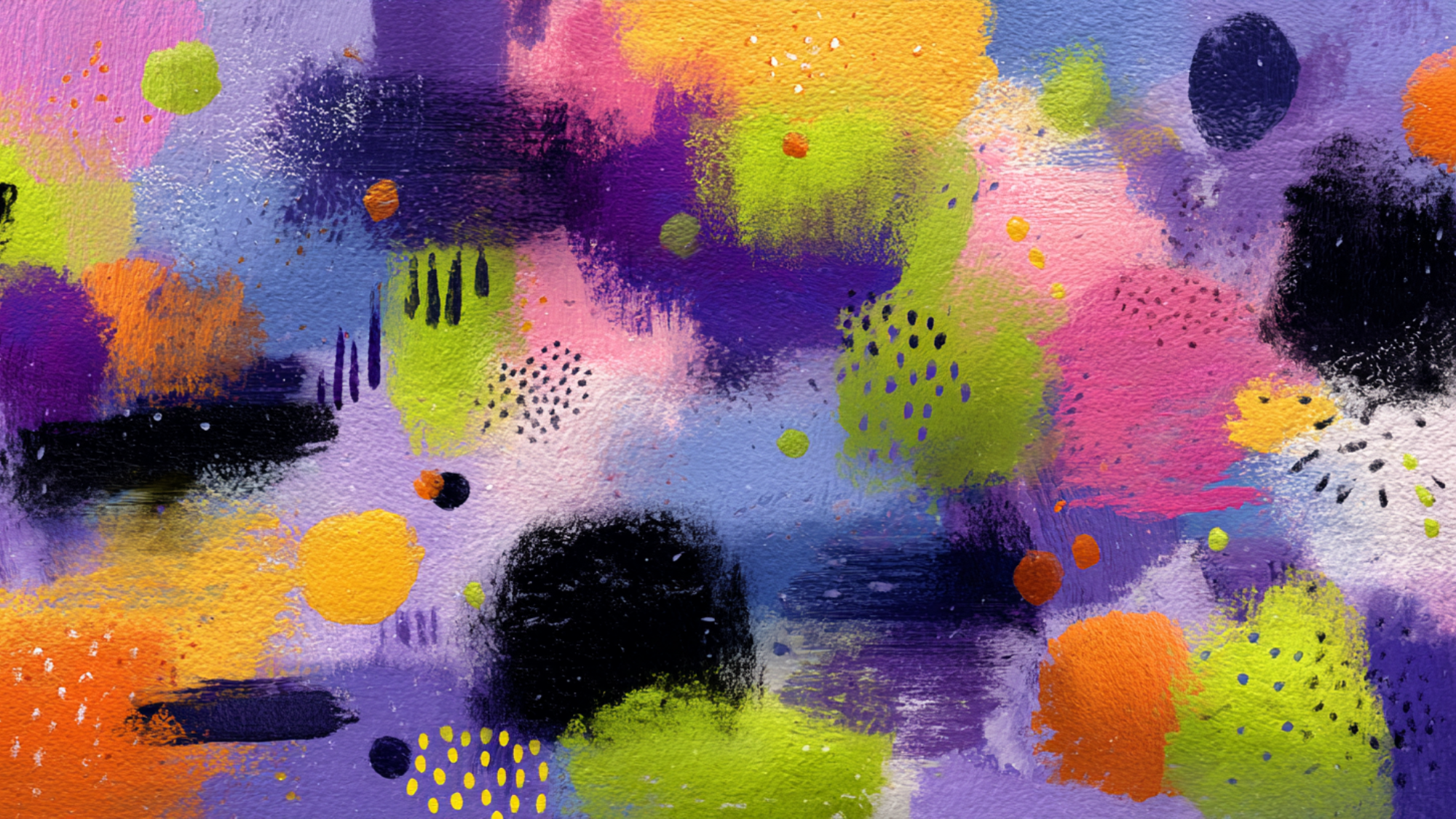
Use your canvas as a training ground. Focus on techniques like shading, perspective, texture, or lighting. Challenge yourself with something new.
Artists on Reddit often suggest exercises like painting blobs, gradients, or layered shapes to loosen up and improve brush control. It is a great way to grow and explore creatively.
4. Rework Old Ideas
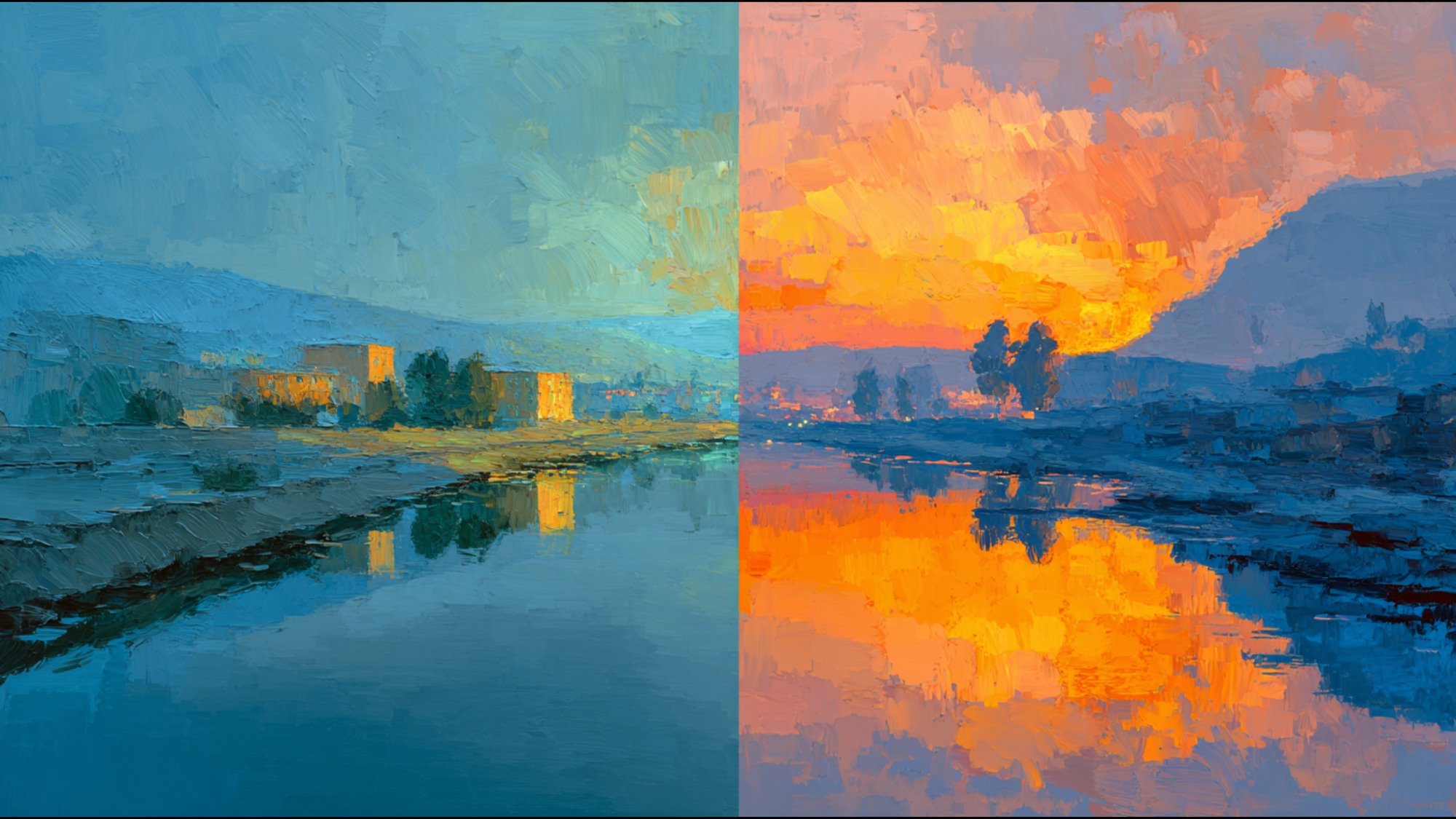
Don’t let old work collect dust; revive it. Convert an old painting with a twist, alter its style, colors, or meaning to create something fresh.
Seeing something familiar in a new way often leads to fresh ideas and an exciting creative breakthrough.
5. Everyday Life & Observations

Inspiration is all around you; look at the simple things. Paint your breakfast, the view from your window, or your cluttered desk. These small moments tell real stories.
Artist Noah Verrier painted a peanut butter sandwich, and it went viral. Even ordinary subjects can become stunning when you paint them with intention.
A Simple Decision Matrix Workflow
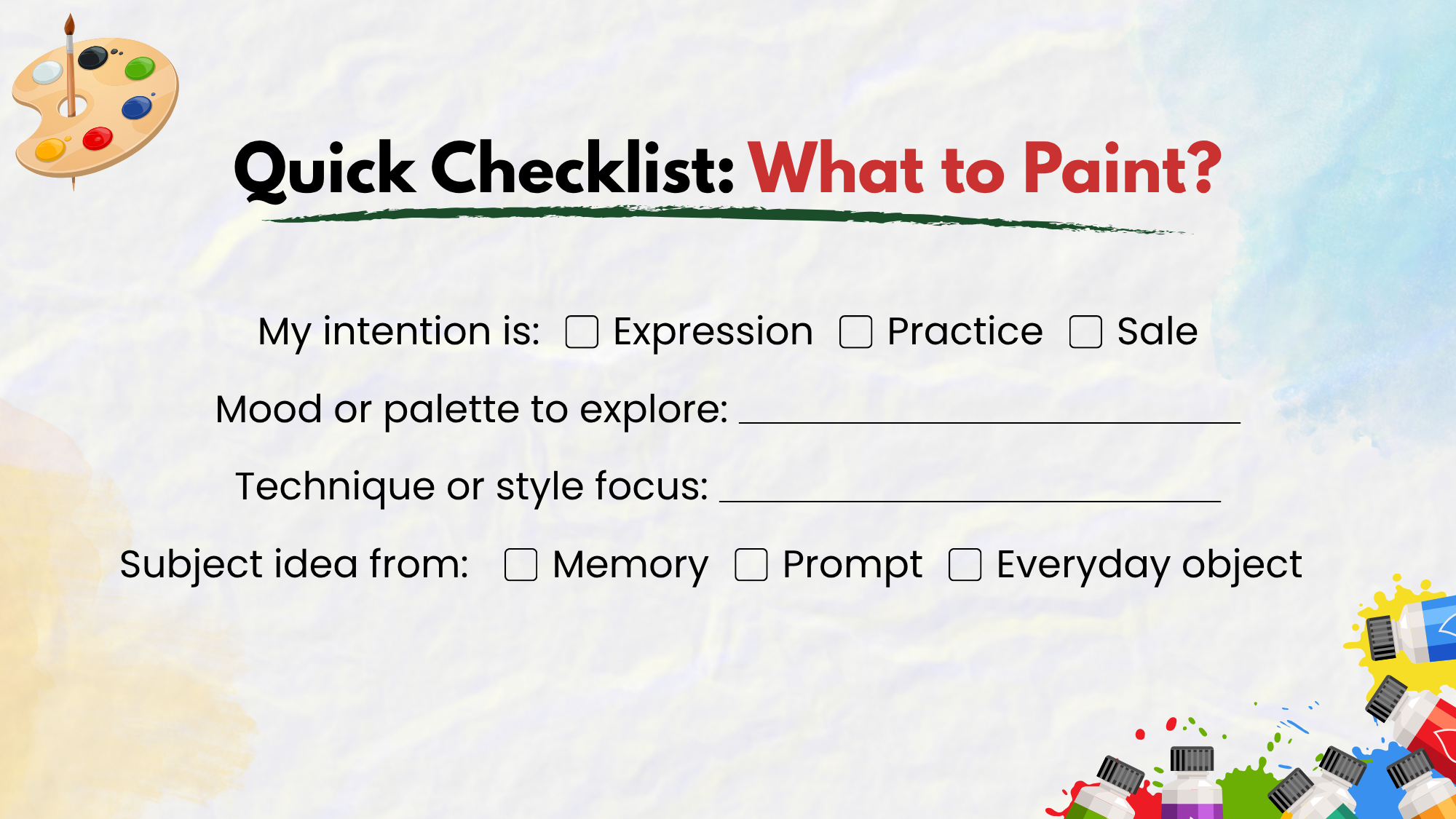
Choosing what to paint becomes easier when you break it down step-by-step. Here is a quick 3-step framework to guide your decision:
Step 1: What do I really want?
Decide on your main goal. Are you painting to express yourself, practice skills, or create something to sell? Knowing your intention narrows your options and sets your focus.
Step 2: What skill or mood do I want to work on?
Think about the mood you want to capture, the colors you want to explore, or a new technique to try. Maybe you want a small, detailed piece or a large, bold canvas.
Step 3: What subject connects to that?
Choose a subject that fits your answers. It could be a personal memory, a random creative prompt, or something from your everyday life.
Real-World Examples & Mini Prompts
Still stuck? Try one of these simple painting prompts to get started. Each one is designed to spark creativity without overthinking:
| Prompt | What to Do |
|---|---|
| Paint the view outside your window | Focus on mood or lighting. Try capturing the same view at different times of day for variety. |
| Paint a snack as a still life | Choose any snack (fruit, sandwich, cookie) and paint it like a classic still life with focus on light and detail. |
| Do a continuous painting | Just start painting, keep layering shapes and colors without stopping or judging the outcome. |
| Remix an old painting | Choose a past painting and turn it into an abstract version or combine it with a second piece to form a diptych. |
Overcoming Creative Blocks
Feeling stuck is completely normal; it happens to every artist. Creative blocks are not a sign of failure; they are just part of the process.
Here are a few easy ways to get through it:
- Join a group session or class: Being around other artists can spark new ideas.
- Try life drawing: Sketching real people or objects helps you focus and practice.
- Switch your medium: If you usually paint, try sketching or using markers. A change can refresh your creativity.
- Take a short break: Step away for a while. A walk, music, or rest can clear your mind.
Simply beginning, without expectations, can reignite your creativity more than waiting for the perfect idea.
Final Thoughts
Waiting for the perfect idea only delays progress. Creativity begins the moment you engage with your canvas.
Try limiting your choices. Too many options can be overwhelming. Pick one mood, one color palette, or one object and go from there.
Treat every painting as progress. Even bad art moves you forward.

